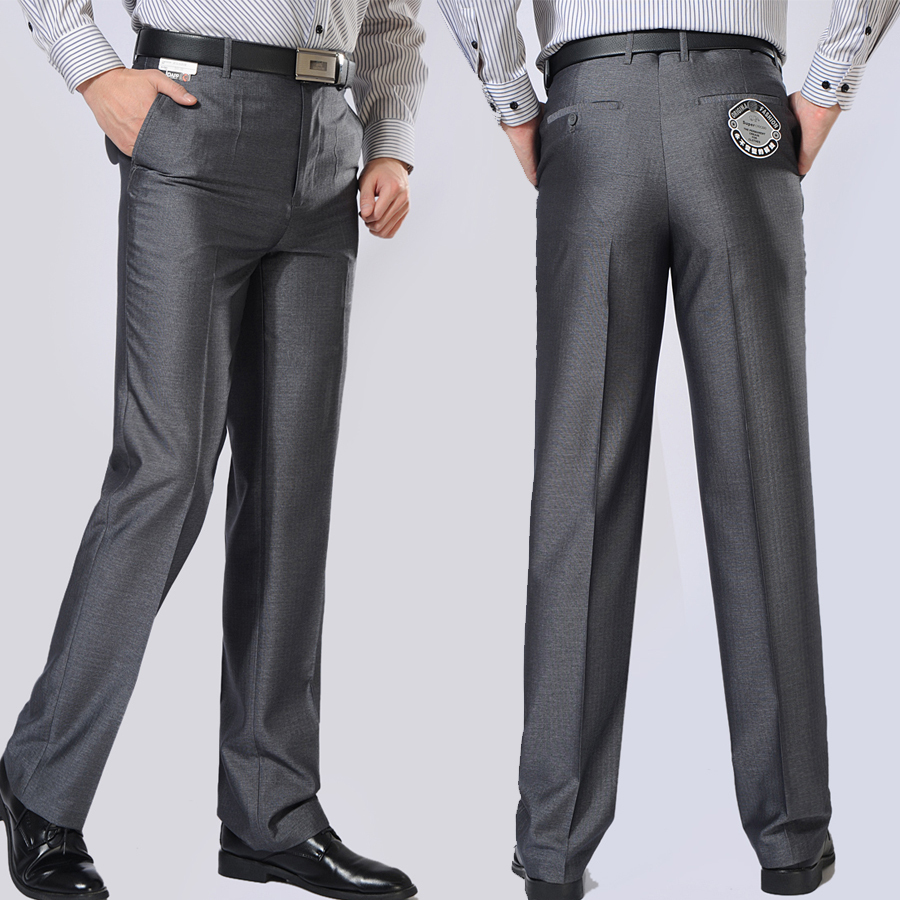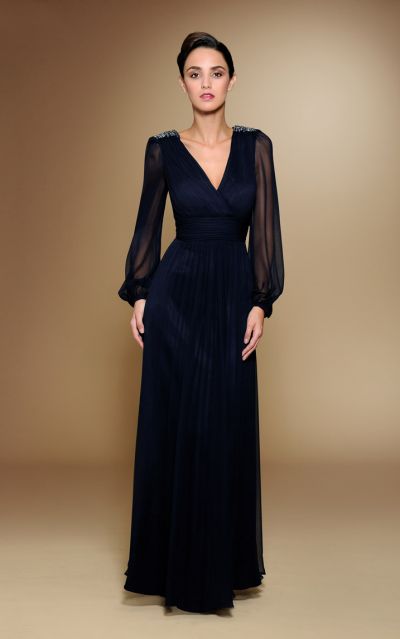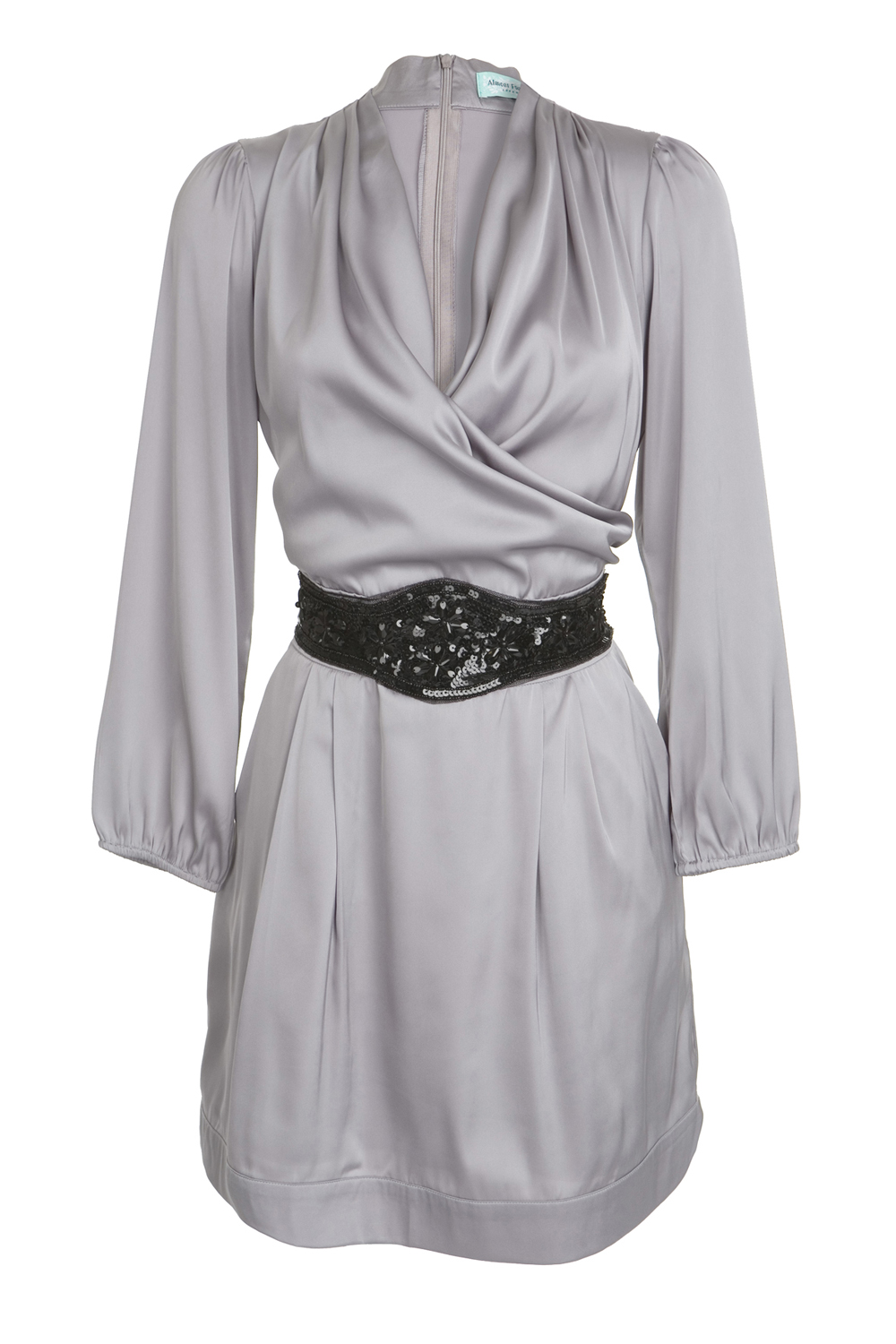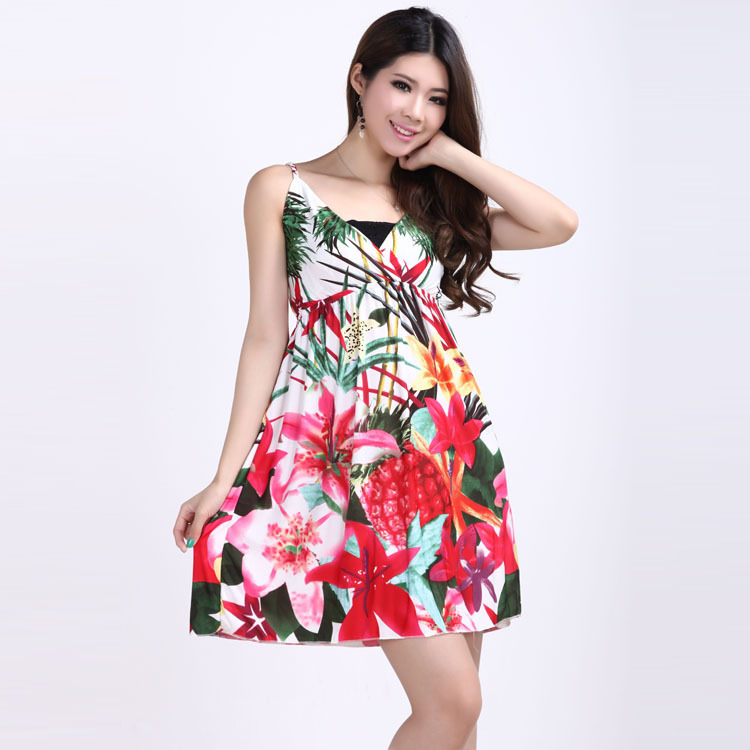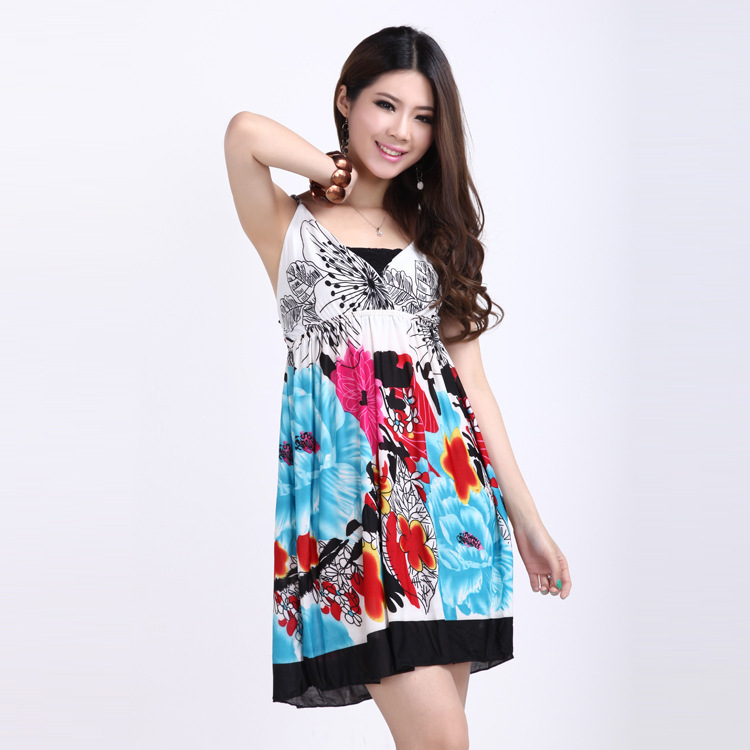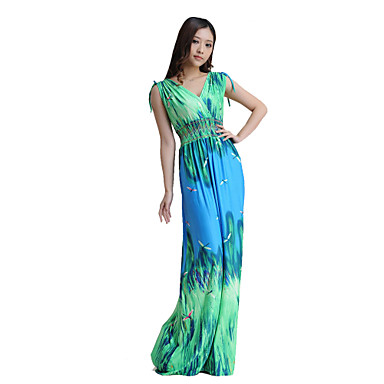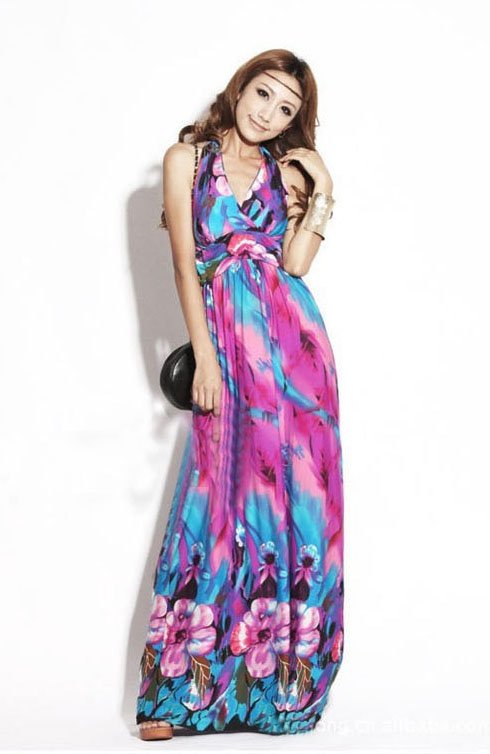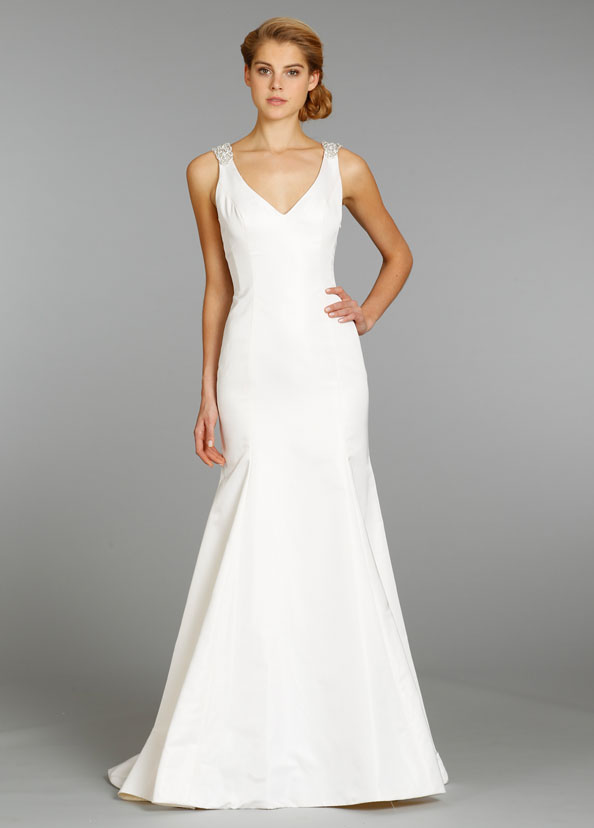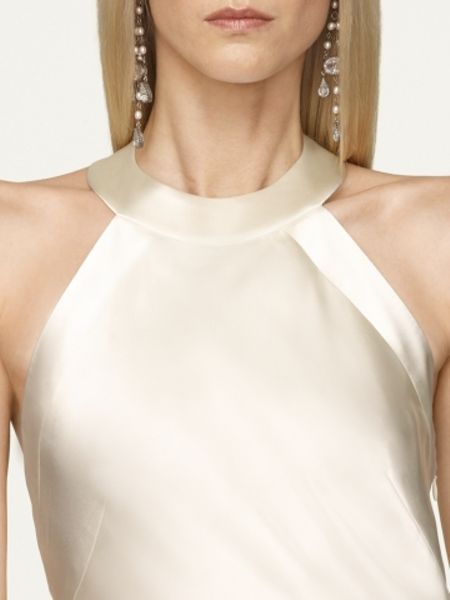Ice is a chemical fiber cloth trade names, accurately speaking is a stuffed plastic polyethylene fiber degeneration foreign products name. Because China has not produced such a large number of fibers, and therefore similar products marketed much. This fiber moisture absorption, breathable than ordinary plastic fiber cool a little better, but also has good shape retention compared with drape. Ice silk known as rayon, viscose fiber, viscose filament yarn.
Ice silk with cotton linters, wood as a raw material optimization come. So over the ice silk cotton fiber, wood fiber is more pure essence.
Ice silk cellulose content of 99.5%. With wood fiber and cotton fiber at 95 - 97% fat ice silk with wax 0.2 - 0.3%, cotton fiber accounted for 0.5 - 0.6%, non-chlorinated ice silk material. Cotton fibers chlorinated substances accounted for 1 - 1.1% excluding ice silk Shu sugar pectin and multiple contraction. The cotton fibers containing 1.2% ash content of ice silk other trace levels, cotton fiber ash up to 1.14% in several mainstream fibers. Ice silk moisture content meet the physiological requirements of human skin, with a smooth, cool, breathable, anti-static, brilliant color and other characteristics.
Ice silk cotton nature has quality silk is authentic eco-fiber, derived from natural rather than natural.
Most ice silk filament textiles to appear so put the feeling in his hands drooping with easy slide. Because the physical and chemical characteristics and therefore suitable for the production of ice silk summer clothes, so ice silk T-shirt came into being. Ice silk T-shirts and more generally for light, but because they have a good hydrophilic, easily contaminated with dirt, some dirt there may penetrate into the fibers, so wear a long time, there will be a lot of stains can not be washed thoroughly . So when the ice wearing silk clothes to pay attention to frequent change and wash, do not wait until the dirt compared to the weight of the wash.
Ice silk clothes washing detergent can use ordinary, of course better to use a neutral detergent, must not use alkaline detergent. Washing temperature should not be too high, can not exceed 40 ?. The best hand-washing, use of washing machine can only use soft with the program, but not too much can be drying. Conditional able to use a wet wash washing process. After the dry ice silk clothing is generally nothing Jubilee wrinkle, easy ironing can.
Because the ice silk T-shirt is knitwear, yarn and compared to a smooth surface, and therefore likely to be a sharp weapon off the hook wire south. So in all aspects of wearing, washing, ironing, etc. should be noted suck. In addition, prolonged exposure to ice silk clothing will gradually harden after the influence of sunlight and air, feel soft enough. Therefore, ice silk T-shirt after washing several times requires the use of softener for processing.
Ice Silk Dye:
Pre-wash your garments or fabric with the Professional Textile Detergent. This will remove any fabric softeners, oils, dirt, etc that might have gotten on your dyeable blanks or fabrics during manufacturing or through handling.
Mix up your soda ash, 1 cup per gallon of water, and add in your dyeable items. Let them soak for about 15 min. Pull them out and squeeze out the excess solution (wear good rubber gloves). You can save the soda ash for more dyeing later.
Place your cooling rack in a tub (we used this for the shirt and baby romper).
Scrunch up your soda-soaked dyeables randomly and put them on the rack. If you want to, you can pleat them or tie them up more like tie-dye. It’s up to you.
For the fabric we roughly pleated the Kona Cotton and scrunched some remnants of Silk/Rayon Velvet and Cotton Velour to fill the bottom of the tub.
Next, cover everything in ice. We used one 7.5 lb bag of regular cubed ice on the fabric and about half a bag on the shirt and romper.
Pro-Tip: You want to cover the dyeables as much as you can, as areas with no ice will likely end up staying white as the ice melts. Crushed ice may make it easier to cover everything without the ice falling off.
Time to put the dust mask on! We are going to be using the dye powder and we want to be safe about not inhaling any fine particles of dye.
Grab your first color and start sprinkling the dye powder on the ice. Be as random or as specific as you want with how you spread the dye. Remember, as the ice melts colors will mix and blend as they hit the shirt. So if you put yellow and blue together, you will get greens. On the other hand, part of the fun is that “mix” colors will split up a bit into their component colors, giving you neat effects. You can use this to your advantage when choosing your colors.
Once everything is sprinkled to your liking, cover the tubs with some plastic and let the melting progress. Putting the tubs in a warm place can speed things up. Let it all sit this way for 24 hours.
When you come back 24 hrs later, your items will look like this:
The fabric in the tub may look like a big pool of black or brown colors. Don’t worry, it isn’t going to end up all muddy, we promise. The items that were elevated so the melt water could drain away are a little less scary looking.
Take your tubs over to the sink and start rinsing your items in COLD running water. Rinse until the water is running mostly clear.
Finally, toss everything in the wash with HOT water and Professional Textile Detergent. Dry and wear your ice dyed garment! Or cut and sew your ice dyed fabric!

